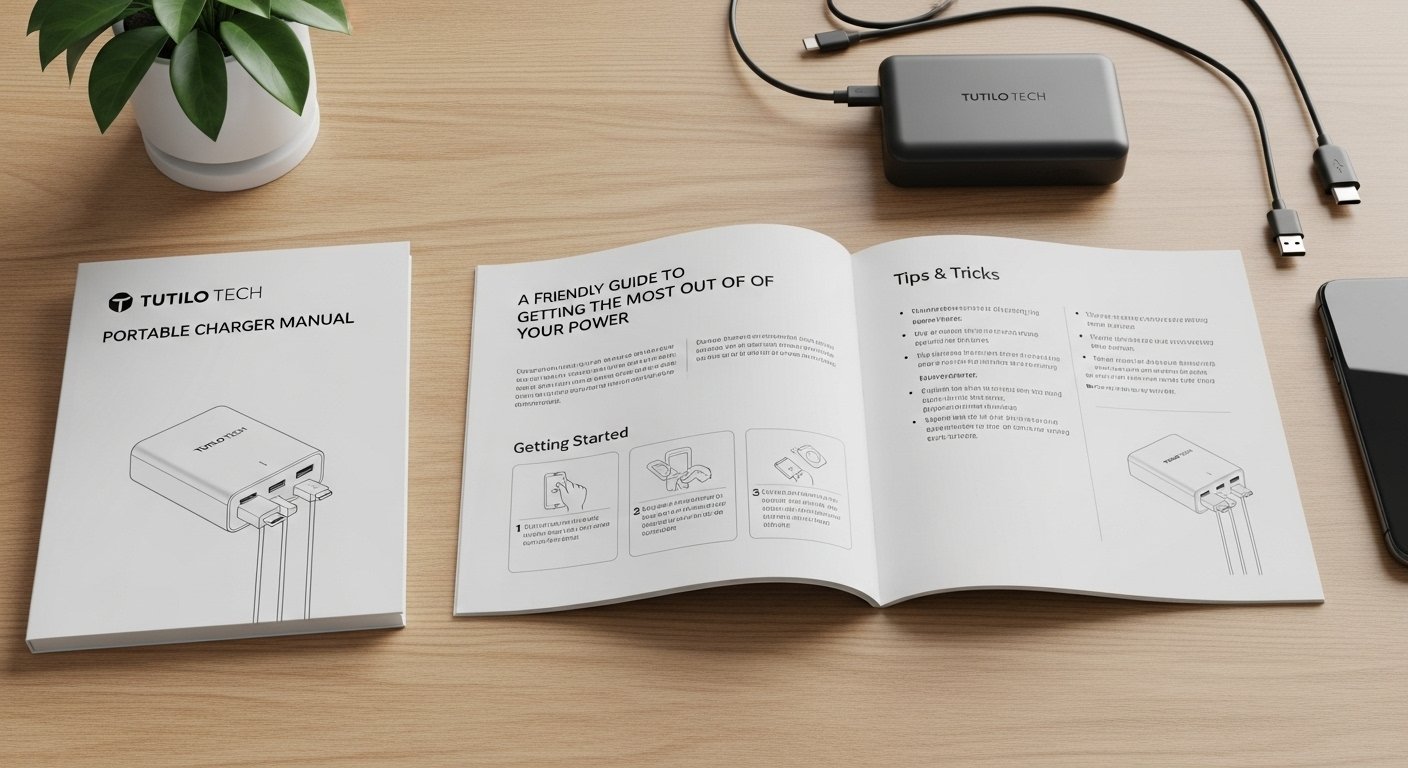Table of Contents
The world of technology moves fast. Every year, new rules, systems, and updates pop up across industries. If you’re running software, apps, or digital services, keeping up with all of it can feel like a full-time job. That’s where SOA OS23 comes in. It’s not just another tech buzzword. It’s a smarter, safer, and more flexible way to build systems that follow rules (called digital compliance) while still working great for users. Whether you’re a business owner, developer, or tech enthusiast, knowing about SOA OS23 is important if you want your software to stay modern and meet digital standards. In this article, you’ll see how SOA OS23 is changing things in software architecture, why compliance matters, and how you can use this system to build better tools. We’ll keep it simple, with easy words and clear examples. Even if you’ve never worked in tech, you’ll leave with a solid understanding of what SOA OS23 is and why it’s a big deal for the future of digital systems.
What Is SOA OS23? A Simple Introduction
SOA OS23 stands for “Service-Oriented Architecture,” with the “OS23” part referring to the latest version or standard. Think of it like an updated manual on how to build systems using services—little parts of software that each do a specific job. These parts (or services) all talk to each other to get bigger tasks done. For example, on a shopping website, one service handles your login, another tracks your cart, and a different one takes care of payment. SOA OS23 brings new tools that make sure these parts work well together and follow rules about privacy, safety, and dependability. People want online tools that work fast and protect their data. SOA OS23 helps systems give users just that.
Why SOA OS23 Matters in 2025 and Beyond
We live in a digital-first world. From schools to hospitals to online shops, everyone depends on apps and systems. But using digital tools also means following rules—especially about user data, security, and the environment. That’s where digital compliance comes in. SOA OS23 helps organizations build digital systems that are not only flexible but also follow important laws and standards. For example, it supports GDPR (privacy rules in Europe), HIPAA (health data rules in the U.S.), and even green tech practices. These aren’t just “nice to have”—they’re must-haves. If a company breaks the rules, it could face fines or lose customer trust. SOA OS23 makes it easier to keep up and stay secure.
How SOA OS23 Works Behind the Scenes

Imagine running a bakery. One person bakes, one takes orders, one cleans, and one runs the register. Each has a job, and the bakery runs smoothly because they all work together. That’s how SOA OS23 works in software. Each tool or feature—like login, messaging, or payment—is its own service. The services exchange data using tools called APIs (Application Programming Interfaces), which work like messengers. They follow a common language so everything fits, even if different people or teams built the parts. SOA OS23 improves how these services connect. It helps them run faster, crash less, and stay secure, especially in big cloud systems that serve users all over the world.
Digital Architecture Compliance Explained Simply
You might be asking, “What does digital compliance even mean?” Good question! It means following certain rules when designing and running your software. These rules could be about protecting user data, making your app accessible to people with disabilities, saving energy, or stopping hackers. SOA OS23 was built with compliance in mind. It follows key frameworks like Zero Trust Security, data encryption standards, and global privacy laws. It also supports logs and audits, so companies can prove they’re playing by the rules. With these tools built in, SOA OS23 makes staying compliant easier for everyone—whether you’re a developer or a business owner.
SOA OS23 and Cloud-Based Solutions
Almost everything in tech is moving to the cloud. That just means your software, user data, and services don’t live on one machine—they live online. SOA OS23 is built to work perfectly in cloud spaces like Amazon Web Services (AWS), Google Cloud, and Microsoft Azure. It allows services to scale fast, deploy quickly, and talk to each other safely, no matter where they are hosted. Cloud compliance is a big deal these days. SOA OS23 makes sure services stay connected and protected while meeting rules for cloud security, uptime, and data access. If your business is in the cloud, SOA OS23 is exactly what you need to stay ahead.
What’s New in SOA OS23: Key Features and Upgrades
SOA OS23 is packed with smart upgrades. It focuses on speed, security, and trustworthiness. One big feature is built-in automation for checks and logs. That means if something goes wrong, the system tracks it right away—no guesswork. It also includes tools for real-time monitoring, which is great for teams trying to avoid downtime. Another cool upgrade is container support. Each service can live in a protected package (called a container), making it easier to move around, fix, or restart without breaking anything else. This version also supports AI-friendly structures, so apps using machine learning or automation can be added more smoothly.
SOA OS23 and Government or Industry Standards
Many industries now require digital compliance, especially banks, schools, hospitals, and government services. These rules aren’t just about security—they also focus on performance, traceability, and transparency. SOA OS23 fits right into this picture. With features like secure APIs, easy documentation, and reliable testing environments, SOA OS23 helps companies meet industry-specific standards. For example, it supports compliance needs in FINTECH (for banking apps) and EDTECH (for educational platforms). It can also support accessibility standards (like WCAG) and digital recordkeeping laws. This makes SOA OS23 ideal for organizations needing secure and fully compliant software architecture.
How Developers Benefit from Using SOA OS23
Let’s be real—developers have a tough job. They write code, squash bugs, plan features, and do it all under pressure. SOA OS23 helps by creating an easy-to-use structure where services are simple to build, test, and launch. Developers don’t have to start from scratch or reverse-engineer huge code sets. Instead, they work on smaller pieces that fit together like puzzle parts. SOA OS23 makes it easier to run tests, find bugs, and roll out updates without crashing everything else. It supports different languages and tools, so teams can work faster, no matter what stack they’re using. Overall, SOA OS23 helps developers build better code in less time.
SOA OS23 in Real Life: Useful Use Cases
Let’s look at some real examples. Imagine a health app that tracks symptoms, connects to doctors, and stores patient history. SOA OS23 keeps these parts separate, so doctors see only what they need while other services, like scheduling or billing, stay private and secure. In online retail, SOA OS23 helps connect product search, payment, inventory, and users—all without bloated code or long loading times. Even schools use it to manage student records, class content, and messaging privately and properly. These use cases show how SOA OS23 does more than just build apps—it builds responsible, compliant, and user-focused platforms.
SOA OS23 vs. Older Architectures
For years, teams used monolithic systems. Everything was in one place—one app, one database, one codebase. That’s okay when you’re small. But as software grows, monolithic systems get slow and hard to manage. One update can break everything. SOA OS23 is different. It breaks systems into small services. Each one can be updated, tested, or fixed without touching the rest. That saves time, reduces outages, and improves security. Compared to older models, SOA OS23 is more flexible, more modern, and way more suited for today’s fast, cloud-smart world. It’s the next step for anyone outgrowing traditional app structures.
Why SOA OS23 is Ideal for Startups and Growing Teams
Startups move fast. They build, test, fail, restart, and grow—all in months. SOA OS23 is like a toolbelt equipped for that pace. Instead of reworking your whole app when adding a new feature, you just plug in a new service. If one tool doesn’t work, swap it out without tearing down the entire system. For startups, this means faster build times, smoother launches, lower risks, and better investor confidence. If your team is growing and your app is getting bigger, SOA OS23 helps you scale without losing stability. It’s the tool for long-term peace of mind.
How SOA OS23 Supports Better User Privacy
Privacy is a big deal today. Users care about how their data is used. And governments are setting strict rules about sharing, storing, and deleting data. SOA OS23 supports these goals by making privacy easier to manage. Services only access the data they truly need. This is called data minimization—a key part of digital compliance. It also allows encrypting service communication, logging user access, and managing consent properly. With SOA OS23, businesses can build safe, respectful apps that protect user trust instead of losing it. This architecture helps you meet privacy standards not just today, but as they get stricter in the future.
FAQs
1. What is SOA OS23 in simple terms?
SOA OS23 is a way of building software using smaller parts (services) that work together but stay separate.
2. How does SOA OS23 help with digital compliance?
It includes built-in features like secure APIs, access logs, encryption, and settings that help meet digital standards.
3. Is SOA OS23 better than monolithic systems?
Yes. It offers more flexibility, easier updates, stronger security, and better performance in growing environments.
4. Can small businesses or startups use SOA OS23?
Absolutely! It’s perfect for growing teams, fast-moving startups, and modern online services of any size.
5. Does SOA OS23 work with different cloud platforms?
Yes! It works well with AWS, Azure, and Google Cloud and supports container tools like Docker and Kubernetes.
6. Is SOA OS23 only for software developers?
No. It’s useful for business owners, IT managers, and compliance officers who want secure, scalable systems.
Final Thoughts
SOA OS23 is more than a tech upgrade. It’s a smarter way to build trusted, user-first, and rule-ready software. In an age where digital rules are getting stricter, and users expect better, this kind of system helps people and businesses succeed. It makes tech more organized, updates easier, and privacy simpler. And it gives everyone—from big companies to startups—more control over how their services grow. Whether you’re building an app, running a platform, or helping clients stay compliant, SOA OS23 gives you a strong foundation. Don’t wait for issues to arise. Start exploring SOA OS23 today and build with confidence for tomorrow.



